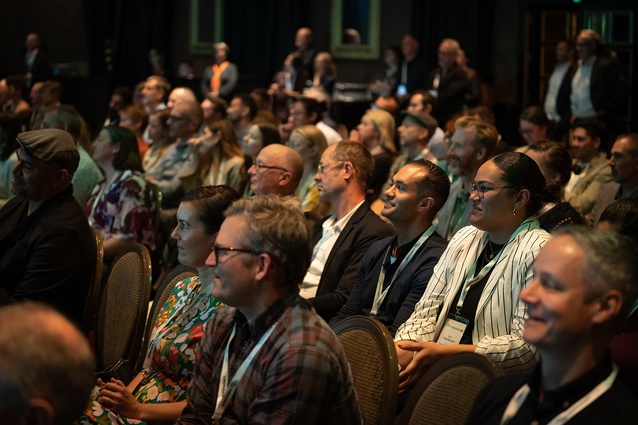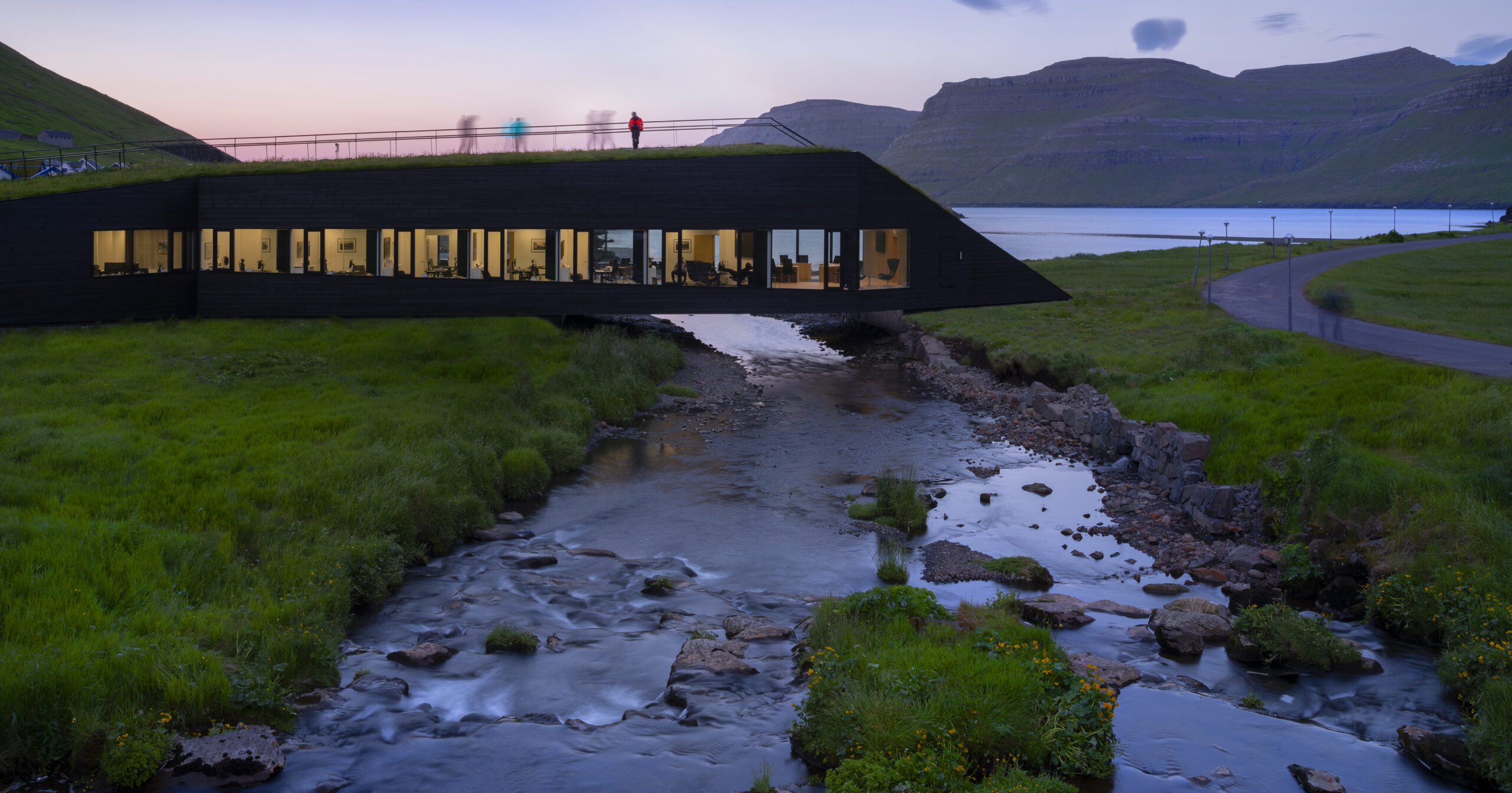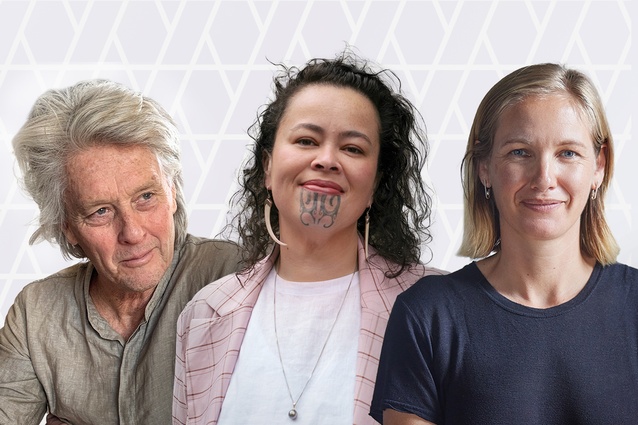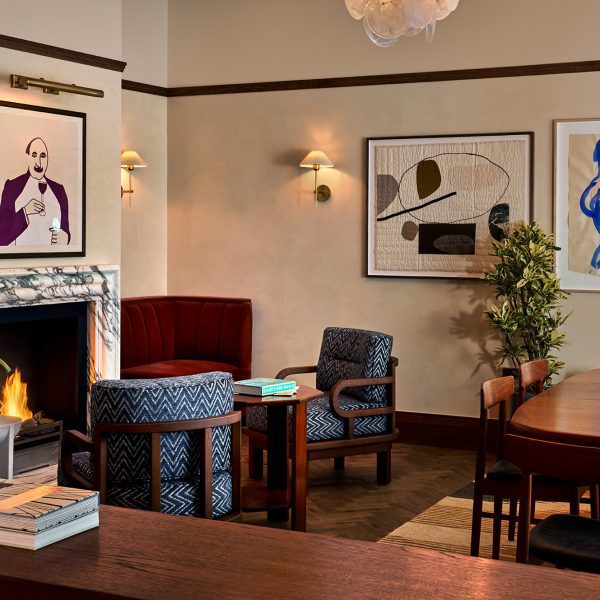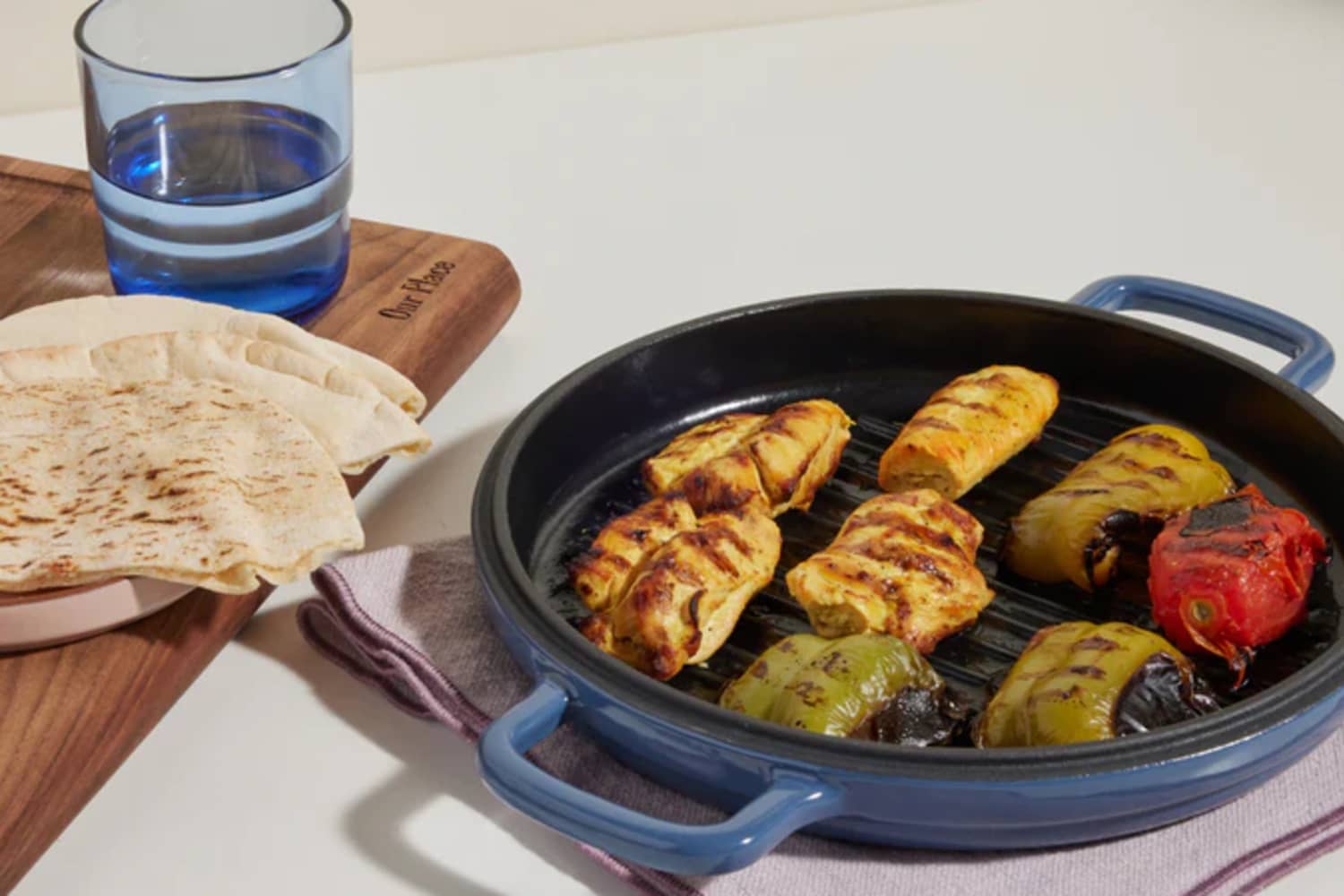The Urbanism NZ conference was opened by Otene Rewiti and mana whenua, who bought us altogether, alongside the ‘birds of the sea and the birds of the forest.’ Turuturu ā-uta, turuturu ā-tai. Tāmaki Herenga Waka, Tāmaki Herenga Tangata.
The last conference was held in Wellington in 2018, five years ago. Since then, we have had the arrival of the National Policy Statement on Urban Development (NPSUD), and the beginning of various reforms across resource management, urban development and water.
This year’s conference was centred around the theme of ‘Shaping Our Urban Legacy’, including topics: Auckland after the deluge; mana enhancing; the importance of understanding the definition of the word ‘urban’ in a New Zealand context; liveable communities; regenerative practice; reflections on the notion of urbanism for Māori communities; urban mobility and accessibility; technology and innovation; developer and political perspectives, among many others.
What is ‘urban’ can mean many things. The conference invited us to challenge our understandings and automatic definitions of urban — especially in Aotearoa — but also in the face of the many changes behind us, around us and in front of us.
To think more of the interconnecting relationships of whenua, place and community; of the state of nature and environment; of impact before potential; of the intricacy and mixture of uses and activities possible; of beautiful public realm; of what each person sees and feels from our varying stories — what is expressive and caring of our worlds and works hard for our places.
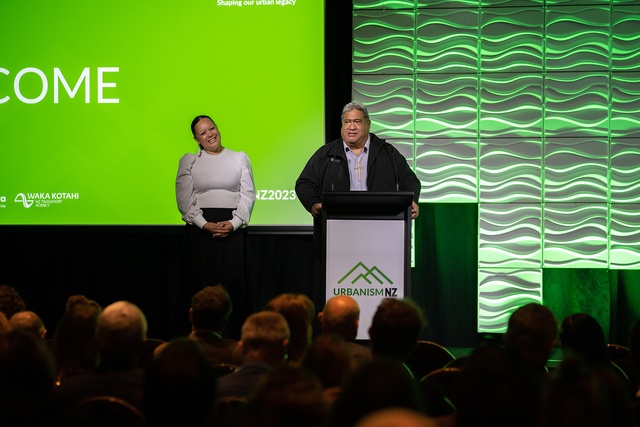
Supplied
Perhaps it’s partially what we are doing, but importantly, taking the time to think about how we are doing things. Through changing our processes we change who’s participating, which changes collective decision making and hence, outcomes.
Dee Isaacs Technical Director of 4SIGHT Consulting reminded us of the underpinning importance of relationships in what we do and our close ties to land and natural resources, whilst Dr Danièle Hromek (a Saltwater Woman, of the Budawang tribe of the Yuin nation), spoke of the concept of ‘giving before you take,’ and a reacknowledging the kinship between all things in our natural world. Danièle’s talk reiterated that there is abundance enough when we approach things in balance, acting as stewards, sharing instead of creating an excess left to waste. She encouraged us with wise words, to continue learning, relearning and unlearning.
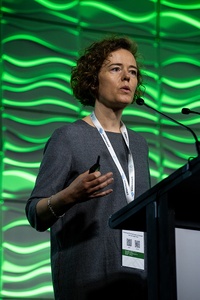
Supplied
Henriette Vamberg of Gehl, Copenhagen framed the public realm as an enabler of change, and spoke of how it supports that democratic understanding that we are all in this together. She encouraged us to make the “healthy choice, the easy choice” and to understand the public realm as critical problem-solving infrastructure.
Dr Tony Mathews of Griffith University, Brisbane, unravelled four transformative stressors for us: 1. (No) Home-ownership, 2. Total digitalisation, 3. Health, 4. ‘Climigration,’ while also giving Kiwi singer-song writer Marlon Williams a plug, with his lecture title “Looking down with a bird’s eye view”. Dr Mathews keenly identified some of the macro issues currently influencing the globe and provided a catalyst for initiating conversations that create awareness and associated actions — both addressing the scale and the rate of these problems.
Lisa Mein chaired an excellent panel titled ‘Changing the urban development paradigm – nurturing resilient communities’ hosting; Eva Zombori, (Growth + Spatial Strategy, Auckland Council) Jade Kake (Matakohe Architecture + Urbanism), Grey Tolley (Kiwi Property), Meredith Dale (Urban Advisory) and Matt Heal (New Common Ground).
The main take-homes from this session were about the value of mixed-use in agglomerating amenity, to create places that people desire to live in. It was pointed out to us that the ‘integrated masterplan’ is the missing link between policy in New Zealand and projects (rather than an ambiguous grouping of individual projects intended to deliver objectives and overarching aims of policy). It is the role of the masterplan to guide the coordination of long-term visions, set priorities and coalesce investment intentions, meanwhile adequately providing the social, spatial, civil, financial and environmental infrastructure parameters required to implement and support successful, resilient, development and placemaking.
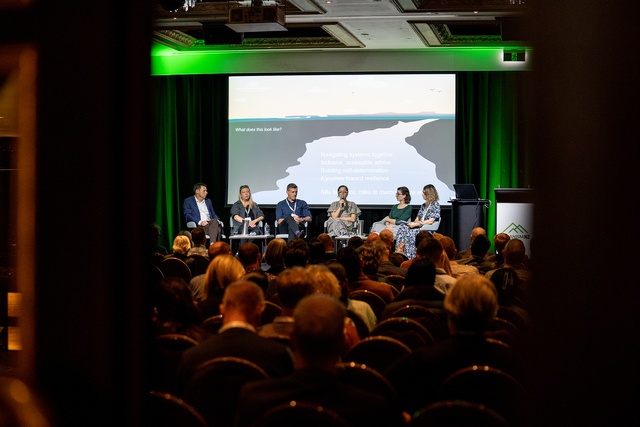
Supplied
Tom Young (Stantec), Duncan Rothwell (Waka Kotahi) and I, introduced the new ‘People, Places + Movement, Integrated Public Transport + Urban Form Guide’, a comprehensive national guide to help deliver better place-based design, engagement and delivery around key transport infrastructure, supporting healthier communities and environments, lower carbon emissions, and providing better and safer travel options. The guide aims to improve urban form whilst enabling mode-shift to public transport and active transport across scales from regional to corridor, to neighbourhood and station precinct.
Lama Tone (New Pacific Architecture) and Joanna Smith (Kāinga Ora) presented us with an inspiring talk on modernising Pasifika homes. They demonstrated the central role of talanoa, inclusive participatory sharing with the community in values based design. They shared the ‘alaga’upu’ (wise sayings/Samoan proverbs) that says ‘Vā i fale, Vā i fafo’ which speaks of the important influence of home, and the part it plays in nurturing the the interrelationships between people and environment i.e. “who you are at home, sets you up for when you are away from home.” They stepped us through key aspects of the design process behind the pilot projects they have proposed — and are establishing — to grow better models for Pasifika homes and intergenerational families.
Minnie Baragwanath (Chief Possibility Officer, Global Centre of Possibility) delivered an impactful, energetic discussion with very clear messages that spoke of the inadequacy of many of our places and spaces from a universal accessibility perspective. She reminded us that “the status quo is deeply inaccessible,” — a powerful statement — one that reminds us of the work we still have to do to really make places more equitable and accessible. She stated “we are currently largely designing from an ableist perspective” and thus invited us to pay attention to who we are designing with, rather than designing on behalf of for.
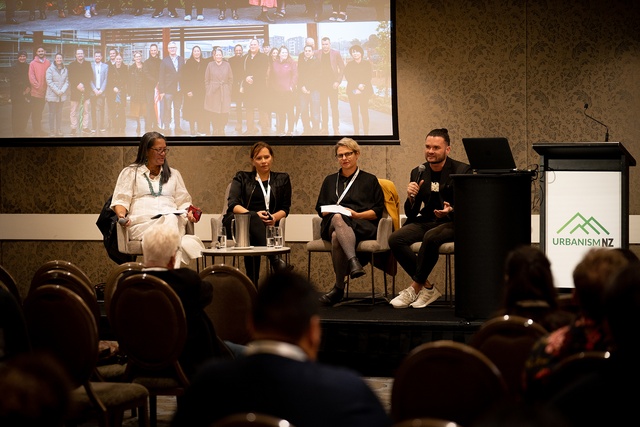
Supplied
In the Conference Day 2, Regenerative Room, we were hosted with the wise words, leadership and charisma of Lucy Tukua, of Ngāti Paoa, Ngāti Whanaunga, (Mott McDonald), chairing the ‘Working together to create a thriving future for Tāmaki Makaurau’ panel session. Lucy was joined by Daniel Haines and Sara Zwart (Eke Panuku), and Paulette Reidy (Ngāti Tamaterā, Ngāti Hako, Ngāti Raukawa), the Tāmaki Makaurau representative for Te Patukirikiri Iwi Trust. Lucy spoke of their various project experiences where Te Tiriti based relationships with iwi have created stronger regenerative social, cultural, environmental, place outcomes connecting people, place, time and nature together. The necessity of early, meaningful and ongoing partnership with iwi was also emphasised. Her talk left us with a poetic and visionary reflection “We may be daylighting streams, but daylighting minds is where we need to be.”
Each of our understandings of what a city is comes in differing ways; as Chris Brunlett (co-founder of Modacity, Dutch Cycling Embassy) said, it could be a kid friendly city, a feminist city, an accessible city, or, (as Mark Todd (Ockham) recommended), ‘a quality, compact city’. Vida Christeller (Wellington City Council) questioned, “not what our city looks like, but what does it ‘live’ like?” Iain White (The University of Waikato) discussed the innovation required in the ways we are delivering our cities and Alistair Ray (Jasmax) critiqued the Urban vs Suburban realities of New Zealand cities. The multitudes of information shared, the many conversations had, and the myriad of people that we were at Urbanism NZ made for an inspiring, contrasting, and thought-provoking two days that asked us to consider how we are working and what we culd be doing differently.
Here we met to listen, learn, discuss and debate the issues and opportunities of impetus and longevity of the near and distant futures of Aotearoa.
In Daniele Hromek’s words, “how do we live in place forever?”

